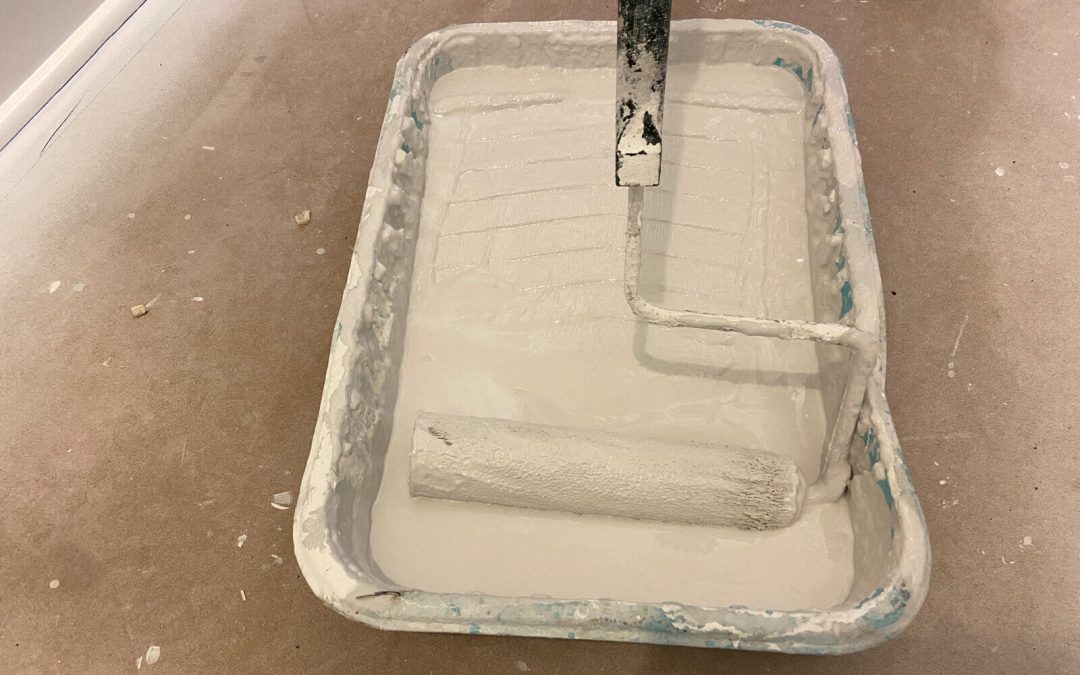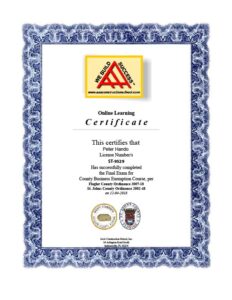Finally, the painting is over, and you lean back, enjoying the satisfaction of the new and beautiful clean walls. Unfortunately, now you notice that there are paint drips on the floor and furniture. It happens with almost everyone, especially if the job was not completed by a professional painter. Don’t panic, there is a solution! The sooner you act, the easier the cleanup will be. Read further and I will show you how to remove all those pesky paint dots from your home!
How not to try to remove paint spots?
I’m starting with this because most of the time when you experiment with different ways to remove paint, you can cause more harm than good to the underlying substrate. For wooden surfaces, linoleum, and other softer materials, do not use a knife – the sharp metal is sure to scratch up the paint, but you will also scratch up the very surface you are trying to clean. This is called the scratch method and is only good for very hard substrates such as stone, paving slabs, and tiles. Of course, in this case, be sure to pay extra attention to your hands and keep them away from any harm a sharp blade can cause.
Removing paint from the kitchen counter
Use vegetable oil to rub on the undesired paint spots to loosen it from the surface. Next, use a rag to rub over the area and carefully pick up the paint dot. A good solution may even be a plastic putty knife. The soft plastic blade will not scratch the surface.
Paint spots on a carpet
You will have a big advantage if you start the cleanup before the paint has completely dried. However, be sure that you don’t rub with a dry paper towel, thinking it will absorb the wet paint. Instead use a damp sponge or a piece of fabric. It may even be helpful to apply a drop of glycerin on it.
A stubborn paint stain in some cases can be removed with nail polish remover or vinegar.
Linoleum floor paint removal
Start the operation with liquid soap and warm water. Using a sponge or a mop, try to remove as many paint dots as possible before using a putty knife to remove the remaining dried paint. Use plastic, rather than metal on linoleum flooring to assure there will be no damage to the surface. You can also use a small amount of denatured alcohol for stubborn spots, but not too much because denatured alcohol not only dissolves the paint but can also dissolve the linoleum.
Removing paint drops from wood
I recommend rubbing with a rag soaked in denatured alcohol as the best way to remove spots from wood. If the paint has not been absorbed into the soft wood, the alcohol will remove the unwanted paint. If this is not the case, then the only other solution is to use sandpaper to sand it off. Use it carefully and as little as possible to offend the least amount of surface. If you choose to use sandpaper, you must be ready to apply a polished surface solution over the sanded substrate.
Also remove the paint from the plastic!
Unfortunately, it’s the protective plastic and shop alcohol that can easily damage surfaces. If possible, apply oil, such as olive or vegetable, to the damaged surface then use a plastic putty knife, as I have previously mentioned. In some cases, you can use nail polish remover, but be sure to apply on a small test area before using on a large surface. After using the nail polish remover, thoroughly wash the surface with hot water and dish soap.
Remove paint from linoleum floor
How to remove old dried paint from linoleum floor? Before we dive into the methods, it’s essential to understand that there are two types of linoleum floors: the standard linoleum floors and the cushioned linoleum floors. The standard linoleum floors are made of natural materials such as linseed oil, cork powder, and jute, while cushioned linoleum floors are made by adding foam backing to the standard linoleum. The methods we will be discussing in this article are safe for both types of linoleum floors.
How to clean up spilled paint from linoleum?
- Using rubbing alcohol
Rubbing alcohol is an effective solvent for removing paint from linoleum floors. Here’s how to use it:
- Dampen a soft cloth with rubbing alcohol.
- Place the cloth over the paint stain and let it sit for a few minutes.
- Rub the cloth over the stain gently, making sure not to damage the linoleum.
- Repeat the process until the paint is completely removed.
- Once the paint is removed, clean the area with warm water and mild detergent.
- Using vinegar
Vinegar is another effective and affordable method for removing paint from linoleum floors. Follow these steps:
- Mix equal parts of white vinegar and warm water in a spray bottle.
- Spray the solution over the paint stain and let it sit for a few minutes.
- Using a soft-bristled brush, scrub the stain gently until the paint is removed.
- Clean the area with warm water and mild detergent to remove any leftover vinegar residue.
- Using baking soda
Baking soda is an excellent natural cleaner and can also be used to remove paint stains from linoleum floors. Here’s how to do it:
- Mix 1/4 cup of baking soda with enough warm water to form a paste.
- Apply the paste over the paint stain and let it sit for about 10 minutes.
- Using a soft-bristled brush, scrub the stain gently until the paint is removed.
- Once the paint is removed, clean the area with warm water and mild detergent.
- Using mineral spirits
Mineral spirits are solvents that are commonly used to remove paint stains from various surfaces, including linoleum floors. Here’s how to use mineral spirits to remove paint from your linoleum floor:
- Put on protective gloves and ventilate the room.
- Dampen a soft cloth with mineral spirits.
- Place the cloth over the paint stain and let it sit for a few minutes.
- Rub the cloth over the stain gently, making sure not to damage the linoleum.
- Repeat the process until the paint is completely removed.
- Once the paint is removed, clean the area with warm water and mild detergent.
Cleaning paint spots off a concrete surface
Concrete surfaces can be cleaned by the previously mentioned methods to remove fresh paint spots. If all else fails, the next step would be researching the offered paint remover recommended by the paint manufacturer. Inquire about and use a paint remover consistent to the company the paint was manufactured by. Remove paint depending on the directions of the type of paint remover you choose, but most likely you will need a rag wire brush. Usage instructions indicate the time needed for the chemicals to dissolve the paint, then use the suggested rag or wire brush to eliminate the paint from the surface. If necessary wash the area.
Clean up spilled paint!
If you do not want to struggle with the mess of leftover dots after painting, then trust my professional room painting skills and call me with confidence. During the duration of our work, we cover the furniture, floors, pavement, and all other precious areas to avoid any unwanted paint stains. We work diligently to thoroughly clean up everything before we present the final result to our customer!
Call for a free quote – I am available at short notice! 1(904)217-9681
Exterior house painting service
Related blog articles:
Three Steps to a Successful Home Renovation
Wall Painting Tools And Equipment – What You Will Need For Interior Wall Painting
How Can I Clean Walls With Flat Paint?
Paint Sprayer vs Roller? Pros and cons
How long does it take for interior paint to dry?


